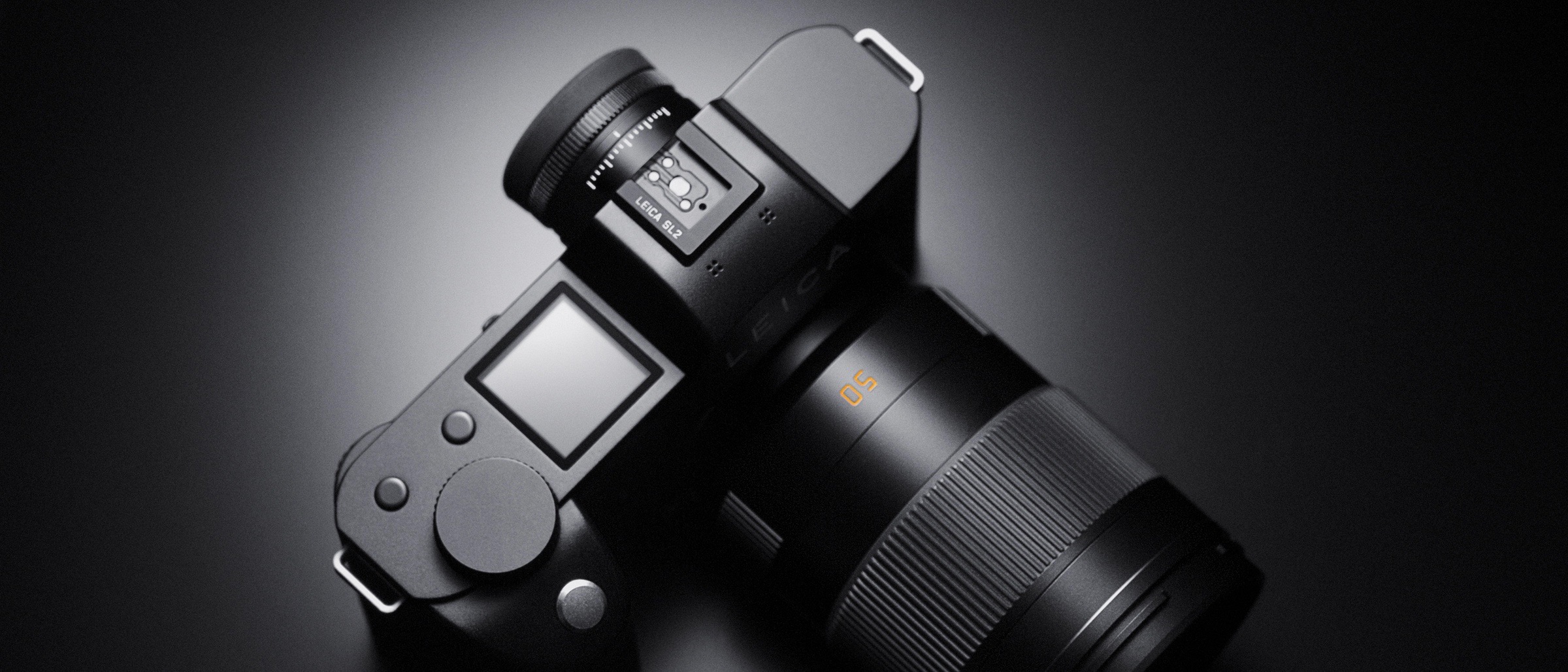TechRadar Verdict
Everything has been stepped up a gear in Leica’s next-gen L Mount mirrorless camera, including competitiveness with its rivals, giving the ‘red dot’ marque more mainstream appeal than ever. While it’s still quite expensive, using a Leica camera is all about the experience – and the results are quite special as well.
Pros
- +
Distinctive Leica build and feel
- +
Competitive features
- +
Superb menu system
- +
L-Mount Alliance system gives more lens choices
Cons
- -
Most expensive in its class
- -
Handful in size and weight
- -
Fixed rear LCD
Why you can trust TechRadar
Amidst all the hoopla associated with recent full-35mm format mirrorless cameras, it’s easy to forget that, after Sony, Leica was second into this category and the L Mount is its original fitting. Of course, it’s now shared with Panasonic and Sigma in the L Mount Alliance which, among other things, has to enhance the appeal of Leica’s products beyond its traditional customer base. Consequently, the new SL2 fits into a line-up of, currently, four other L Mount bodies supported by a wider and more diverse system of lenses.
And, particularly with the SL2, you get the sense that Leica is fully aware it needs to present a more mainstream camera whilst also preserving what makes a Leica camera a Leica camera. But if you’re thinking of buying into the L Mount, the SL2 is definitely in the frame for its capabilities as a camera first and being a Leica second.
The original SL was probably just a bit too individualistic for some tastes and Leica itself concedes it was probably overly 'Germanic' in its styling, so its successor has been given a complete makeover.

Design and features
- 47.3MP resolution sensor
- Rounded edges for a more appealing look
Compare the dimensions directly and the SL2 is fractionally bigger, but it looks a lot smaller because the proportions are now better balanced: all the edges and corners have been softened, and the EVF’s housing looks like it’s meant to be there, not stuck on as an afterthought. Pretty? Well, almost.
Sensor: 47MP full-frame CMOS sensor
Image processor: Maestro III
AF points: 225-area contrast AF with depth mapping
ISO range: 100 to 50,000
Video: 5K at 30/24/24p, C4K & UHD at 60/50/30/25/24p
LCD: 3.2-inch fixed touchscreen, 2.1m dots
Max burst: Up to 20fps
Connectivity: Wi-Fi, Bluetooth
Weight: 835g (body only)
A favourite Leica party trick with its 35mm SLRs from R4 to R7 was to park a car on the pentaprism housing to illustrate the strength of the bodyshell. You could probably do the same thing with the SL2 as its top plate is milled from a solid lump of aluminium, and so is the baseplate. Machining may take longer (and be more costly in process terms), but it results in body covers that are many times stronger than pressed items.
The chassis is machined magnesium alloy, and the weather sealing has been beefed-up to IP54 standard which means the SL2 can get wetter for longer. There’s also insulation to enable shooting in sub-zero temperatures. It’s also in the interests of strength and durability that Leica has stuck with a fixed monitor screen which, says the company, was “a conscious decision”, although a tilting panel was apparently in the original design brief.
The handgrip has been reshaped and the rear panel control layout completely redesigned so the ergonomics are much nicer. Leica stresses the point that, when it says “all metal”, it means “all-metal” – there’s absolutely no fiberglass in the SL2’s construction. The inserts on both the handgrip and main body panels are real leather and, as you’d expect from Leica, the whole fit and finish is flawless with the all-important ‘Made In Germany’ plate on the base.
The lens mount is Leica’s L bayonet, and perhaps because direct comparisons with Panasonic’s Lumix S1R are inevitable, Leica is keen to stress why the SL2 is different and costs quite a bit more (although the launch price is significantly cheaper than that of the SL back in 2015). Well, there’s all that heritage to start with, but Leica itself prefers a more poetic explanation: “Leica cameras are for people who enjoy the journey more than the destination”. In other words, the SL2 is as much about the experience as what it can do.
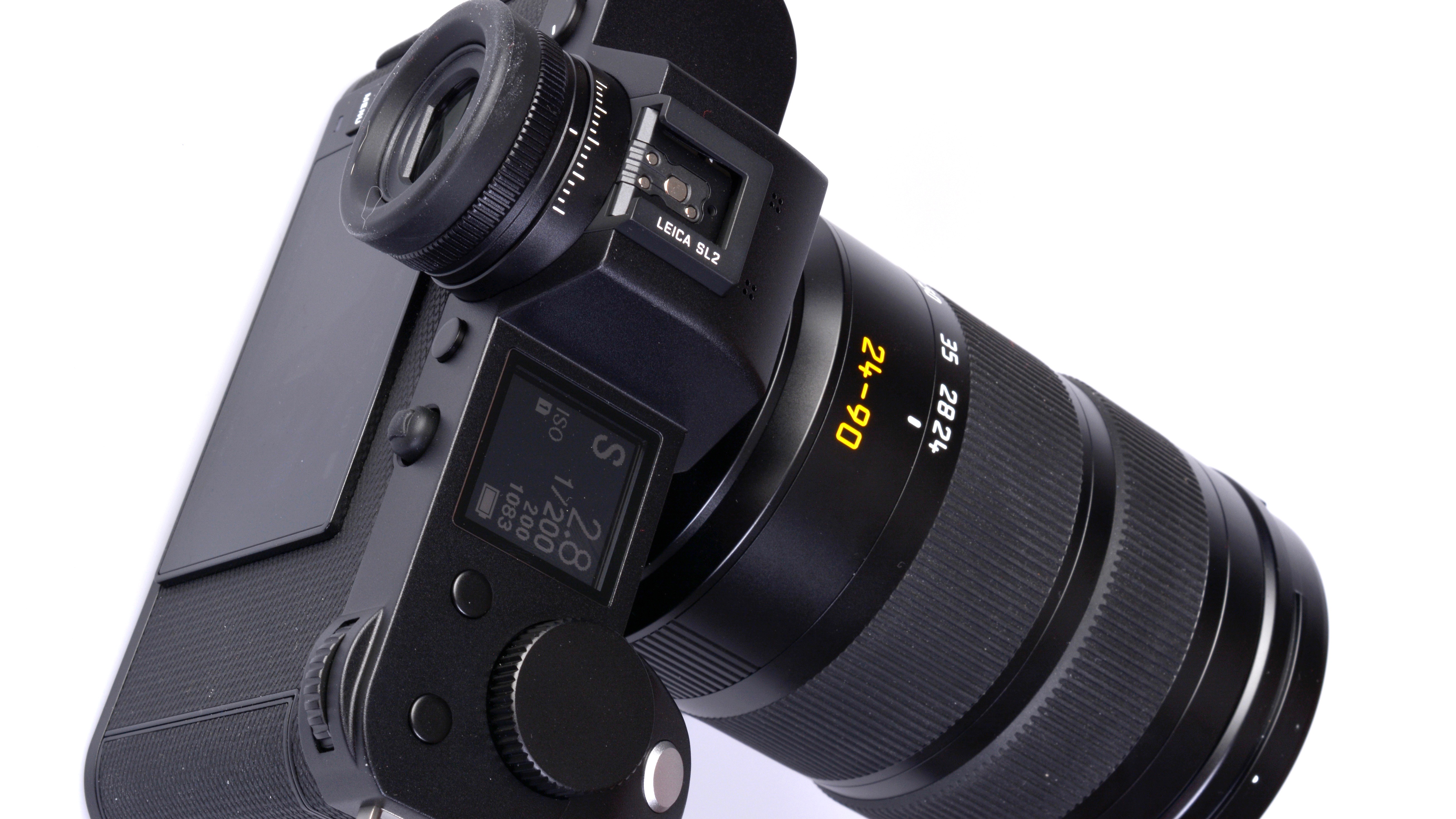
There’s been even more of an overhaul on the inside – the SL2 gets a new sensor, new processor, new autofocusing system, new EVF and some key new features as well as upgraded specs in most key areas. There’s also an all-new graphic user interface – with separate info displays for stills and video.
Not surprisingly, the sensor is essentially the same as the S1R’s CMOS imager with a total pixel count of 50.44 million to give an effective count of 47.3 million. Leica quotes a dynamic range of 14 stops. The sensor goes without an optical low-pass filter, but Leica has also made some modifications of its own, among them reducing the number of glass layers on the front surface of the sensor from three to two in order to minimize stray reflections. There’s also a unique microlens array, primarily to ensure better performance when M Mount lenses are fitted via an adaptor (there are also adaptors for R and S system lenses). The SL2 even gets dedicated metering for M lenses.
There’s obviously more Leica-ness inherent in the next-gen ‘Maestro III’ processor which also gives the SL2 a speed boost and facilitates a number of important new features. Using the focal plane shutter, continuous shooting is possible at up to 10fps, but remember we’re now talking about an image size of 8,368x5,584 pixels and a file size essentially twice as large as before. Switch to the sensor-based shutter and the top speed is 20fps. In both cases, these speeds are with the AF/AE set to the first frame. If you want continuous adjustment, then 6fps is the top speed.
The buffer memory is a handy 4GB in size so the typical burst lengths are 100 for best-quality JPEGs and 78 for RAW files. The RAWs are captured in the Adobe DNG format with 14-bit RGB colour. JPEG capture can be in one of three image sizes and there’s a choice of six aspect ratios – 3:2, 7:5, 4:3, 1:1, 3:1 and 16:9. The camera will automatically switch to the APS-C sensor format when a TL lens is fitted (the L/TL relationship is the same as that of Sony’s FE/E) and thanks to the higher-res sensor, there’s still 20.2MP on tap, giving an image size of 5,504x3,664.
There are dual memory card slots, both for the SD format and both with UHS-II speed support.
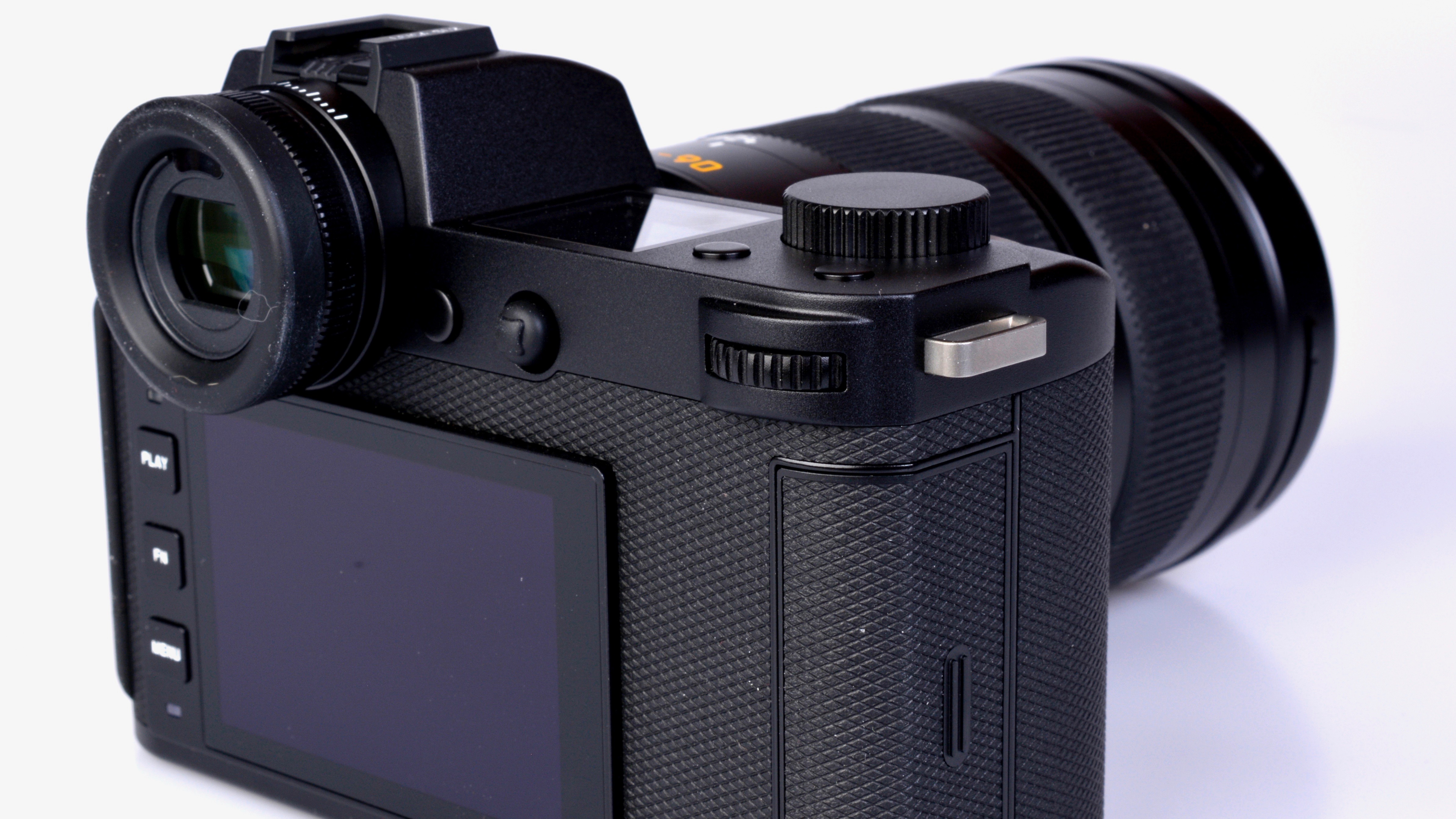
Arguably the most important of the SL2’s new features is in-body image stabilization via sensor shifting. IBIS operates over five axes and delivers up to 5.5 stops of correction for camera shake (depending on the lens focal length) and it has big implications for the camera’s low-light capabilities and its video operation. And, of course, it means image stabilization is now available when using the M Mount lenses.
Logically, Leica is going to take the sensor-shifting to the next stage with a ‘Multi-Shot’ ultra-high resolution mode which will capture eight frames – with half-pixel shifts – to give a massive 187 megapixels (that’s 16,736x11,168 pixels, by the way) as either a JPEG or a RAW file. It’s coming via a firmware upgrade in mid-2020.
Here’s more proof that Leica is starting to think about more mainstream competitiveness for its full-35mm mirrorless camera. It’s also evident in the processing options available for JPEGs which now include a choice of ‘Film Style’ presets for Standard, Vivid, Natural, Monochrome and Monochrome High Contrast. The colour presets are adjustable for contrast, sharpness and saturation while the B&W options have just the first two. Long exposure noise reduction can now be turned off, and there’s an intervalometer programmable for up to 9,999 frames.
Wi-Fi connectivity is now supplemented by Bluetooth LE with the Leica FOTOS app enabling remote camera operation, a live view feed to the smart device and file transfer including the DNG RAWs. As far as JPEGs are concerned, this is all still pretty no-frills compared to the Lumix S models, but Leica has definitely stepped the SL2 up a few gears in terms of giving it wider appeal.
Handling
- Brand-new user interface
- Heavier than some others
- Minimalist controls
This is where the SL2 has the most potential to convince the doubters. It has a look and feel like no other full-frame mirrorless camera, and both aspects are massively improved over its predecessor. It’s a weighty beast – 835g even before you add battery, memory card and lens (and none of Leica’s L Mount optics are exactly compact) – but it still handles comfortably with great manoeuvrability.
The control layout is minimalist, but at least the keys on the rear panel now carry markings. There are only three of them here, along with the joystick-type navigator, an unmarked button with a default setting for the EVF/monitor switching, and the rear input wheels. There’s even less on the top deck – the main dial and two, again unmarked, buttons (plus the shutter release, of course). Another two unmarked buttons are located on the front panel so you’d hardly call the external control layout cluttered, especially compared to the Lumix S1R. Yet Leica gets everything done with this very small set of controls, although it helps that the SL2 is largely no-nonsense/no-frills.
However, all the unmarked buttons and a ‘Fn’ key on the back panel are fully customizable from a list of 29 items. Additionally, you can create up to six user profiles which then appear as Favorites menu pages. You can also configure four different info displays.
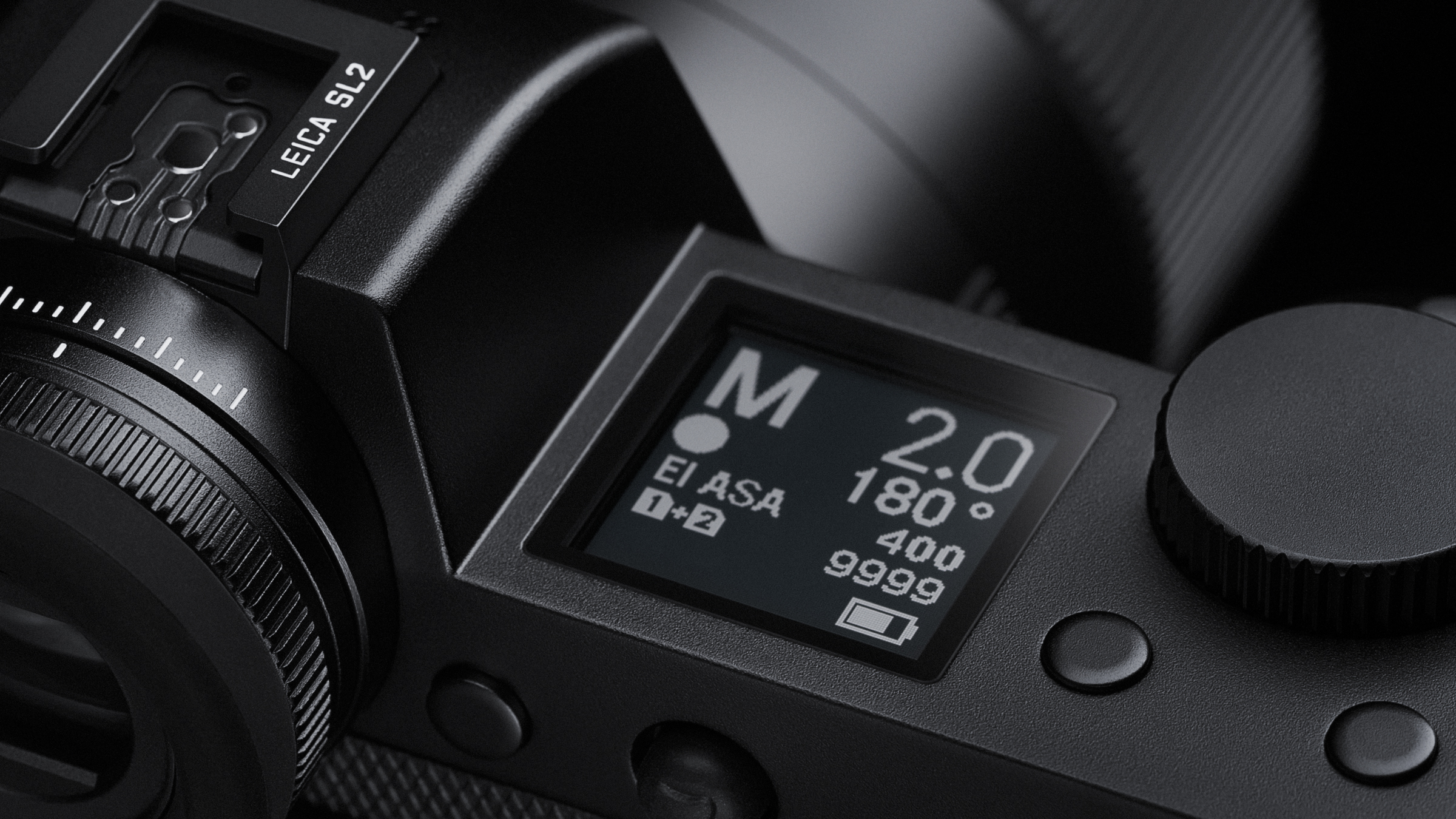
The menu system is similar to that of the Leica Q2 and comprises a six-page Main Menu for stills and a five-pager for video. This will automatically change when you select either Photo or Video in the main display, which obviously also adjusts to include the relevant elements. With the latter, there’s also the option of a Cine-orientated display so ISO becomes ASA, the shutter speed is marked in degrees (as it would be with a rotary disk shutter) and f-stops are replaced by T-stops. While there’s only the one main menu, it isn’t without its idiosyncrasies and some things take a bit of finding.
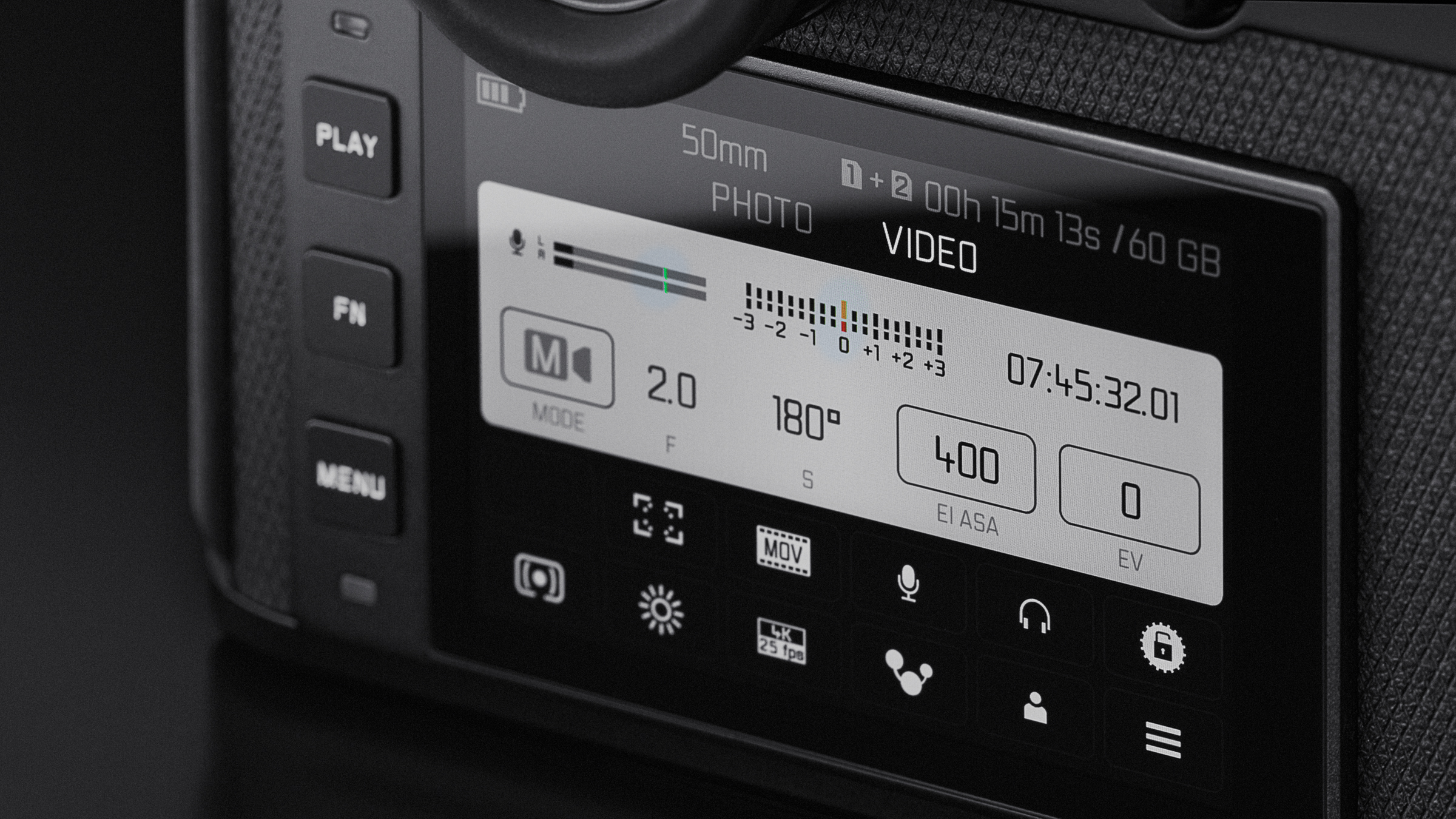
Page-by-page navigation is via the main dial, while function and setting selection is via the joystick controller. But where there are only the options of on or off, only right-clicks work and clicking left does nothing… which takes a bit of getting used to. Touch control is available for the main info/status displays – which are pretty comprehensive – but not the menus. The monitor screen itself is now 3.2 inches in size with an increased resolution of 2.1 million dots. It’s a LED-backlit LCD panel with adjustments for brightness and color balance.
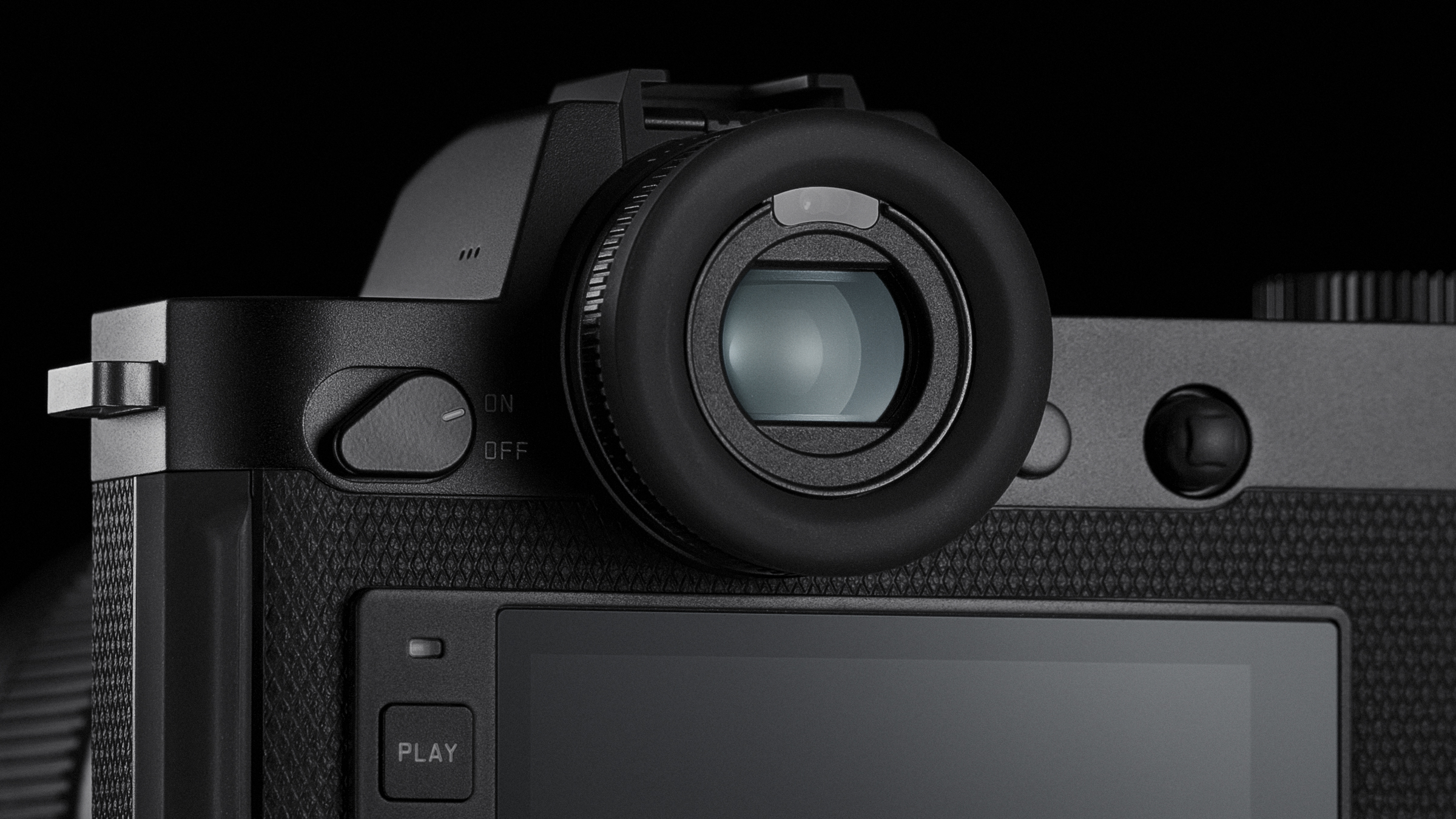
The ‘EyeRes’ EVF is an OLED-type display with a resolution of 5.76 million dots and 0.78x magnification. The refresh rate is switchable between 60 and 120fps, and there are also adjustments for brightness and color balance. Leica is also emphasizing the quality of the optics it uses in the SL2’s EVF, and there’s no question it’s a beauty, not just in terms of clarity and contrast, but also the color reproduction which looks very much true-to-life.
The four Info Profiles create live view displays which you can then cycle through using the Fn key on the back of the camera. This way you can have everything in the one screen or split them up to avoid too much clutter. The elements are a guide grid (either 3x3 or 6x4), a highlight warning (or a zebra pattern in the video mode), the focus peaking display, a dual-axis level indicator, a real-time histogram and ‘info bars’ which run along the top and bottom of the live view screen (and cover most key capture settings). Pick and choose as you please (you can also switch out the profile slots you don’t use so you cycle through only those you want).
Autofocus
- ‘Smart’ autofocus system
- Contrast-detect AF
- 225 selectable points
Leica isn’t shying away from its technical partnership with Panasonic which particularly comes to fruition with the SL2’s autofocusing system. It’s contrast-detection based and appears to use the same Depth From Defocus methodology as the Panasonics (although Leica uses the term ‘depth mapping’). There are 225 AF measuring points which give close to full-frame coverage and the area modes comprise Spot, Field, Multi-Field and Zone. ‘Leica Object Detection’ is AI-based to enhance the face/eye detection and subject tracking.
Body, face and eye detection can be set (and locked) as the default, but there’s a choice of additional subject settings – Children/Pets, Team Sports, Runner and Wildlife – with adjustable parameters for Depth Sensitivity, Field Movement and Shift In Direction (all with a range of settings between Fix and Responsive). You can also register the ‘AF Tracking Start Position’ to Centre, Recall or Last Position. Interestingly, this goes beyond what Panasonic is offering on its Lumix S cameras.
Also new to the SL2 is ‘Smart AF’ which detects subject movement and automatically switches between the single-shot and continuous AF modes. The touchscreen controls on the monitor panel enable Touch AF operation, with a ‘touchpad’ available when using the EVF.
Manual focusing is assisted by a magnified image (with three size settings) or a focus peaking display in red, green, blue or white and one of two intensity levels.
Exposure control is based on multi-zone, centre-weighted average or spot metering with the standard choice of ‘PASM’ control modes. The sensitivity range is equivalent to ISO 50 to 50,000. There’s an AE lock, up to +/-6.0 EV of exposure compensation and auto bracketing over three or five frames with up to +/-3.0 EV of correction per frame. The focal plane shutter’s speed range is from 30 minutes to 1/8000 second while the sensor-based shutter runs from one second up to 1/40,000 second and allows for silent shooting. There’s also the option of the hybrid ‘first curtain electronic shutter’ which reduces both noise and vibration compared to when only using the FP shutter, but still permits the use of electronic flash.
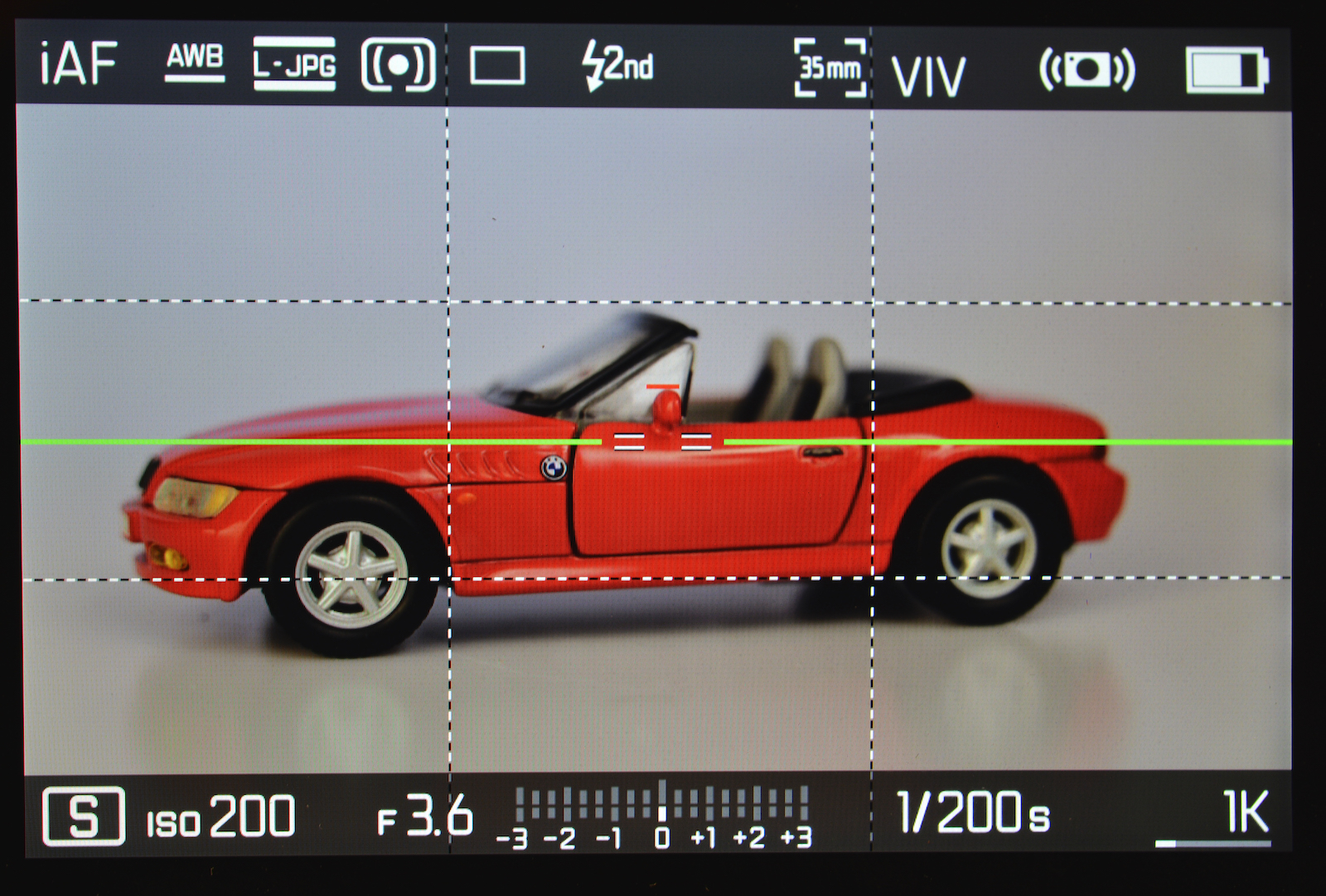
Performance
- Fast, accurate AF performance
- Very respectable buffer depth
Loaded with a Panasonic 64 GB SDXC UHS-II V90 speed memory card, the SL2 captured a burst of 47 JPEG frames (with an average size of 21.6MB) in 4.564 seconds, which represents a shooting speed of 10.3fps. With super high-speed shooting using the sensor-based shutter, a burst of 38 best-quality JPEGs was captured in 1.951 seconds which equates to 19.5fps. There’s obviously no noise from the sensor shutter, so you only know it’s all over when the EVF or monitor returns to live viewing.
The autofocusing operation is easily up there with the best from Leica’s Japanese rivals. It’s fast and accurate with reliable tracking which can be fine-tuned to the subject matter and the type of movement. Touch AF and Touchpad AF are convenient and efficient alternatives to using the joystick and there is plenty of scope for adjusting selectivity via the Spot, Zone and Field area modes. Leica claims its AF is actually superior to that of the S1R with more performance to come via firmware upgrades. We haven’t compared the two side-by-side to verify this, but suffice to say the SL2 is certainly competitive and among the best AF performers currently available.
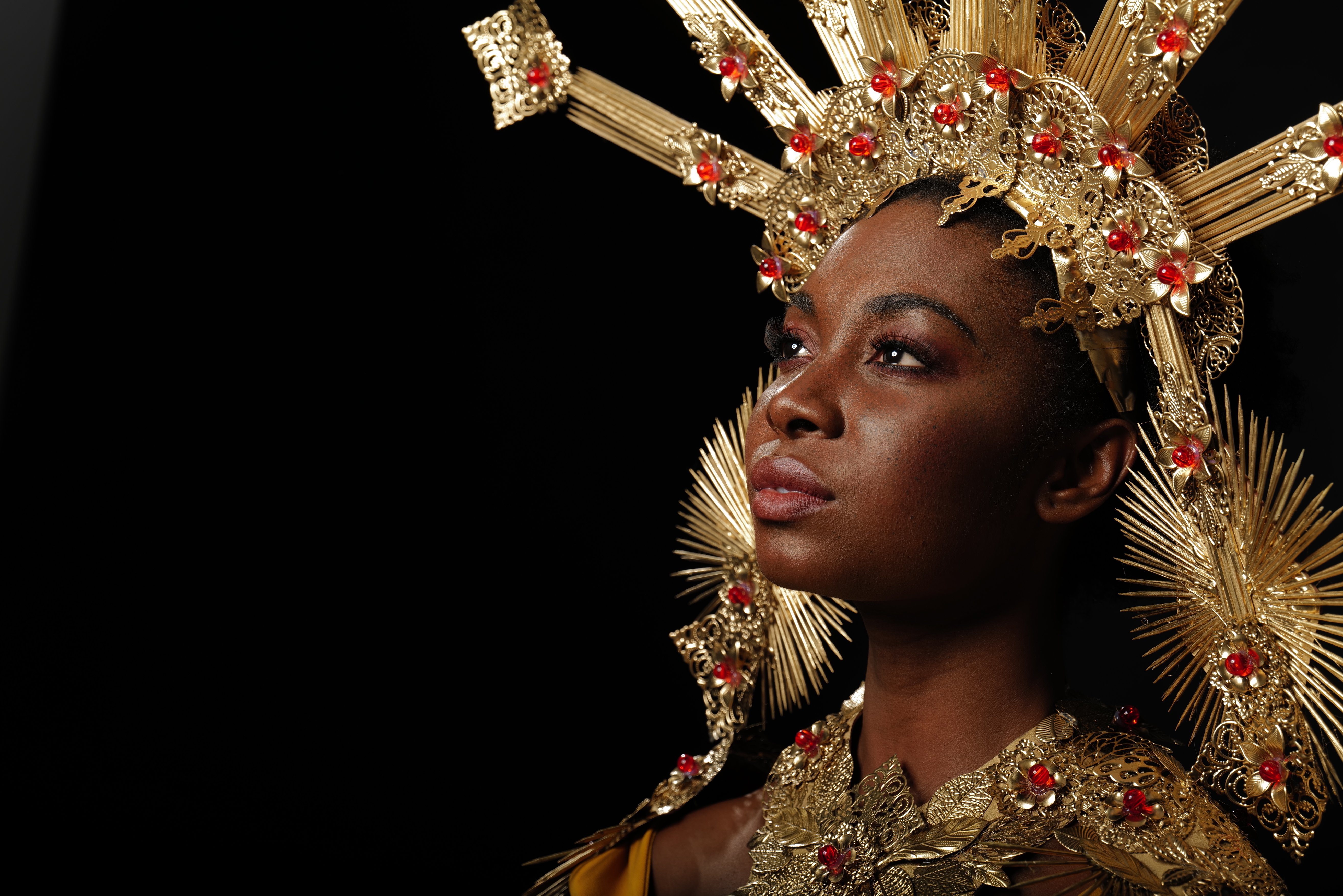
Both the tougher construction with enhanced weather protection and the adoption of in-body image stabilisation are likely to be attractions, but so are the sensor’s dynamic range and full-width sensor recording for both 4K DCI and 4K UHD with downsampling. What’s more, both the 4K resolutions are available at the 50, 25 and 24fps frame rates for PAL while the faster speeds of 100 and 150fps are additionally available with Full HD recording for creating slow-mo effects. Additionally, 5K recording – at 4992x3744 pixels – is available at 50, 24 or 24fps with the 4:3 aspect ratio. These are all recorded in the MOV format using the H.264 codec with 10-bit 4:2:2 color at 25 or 24 fps and 8-bit 4:2:0 at 50fps. UHD and FHD can also be recorded in the MP4 format at all the same frame rates.
An uncompressed 10-bit 4:2:2 color 4K/2K output at 50fps is available via the HDMI connection for recording to an external device. There’s a V-Log L gamma profile for an extended dynamic range and the HLG gamma profile for an easier 4K workflow (neither of which, incidentally, are available on the Lumix S1R because Panasonic would like you to buy the S1H to make videos). Additionally, the Leica has the ‘Rec.709’ color encoding which provides an adjustment – known as ‘knee’ in the video world – for controlling overexposure via a gamma curve correction.
You also get time code support (either rec run or free run), a zebra pattern generator with an adjustable clipping level, the focus peaking displays, the 3x3 or 6x4 guide grids and the dual-axis level indicator. There’s a choice of video-specific aspect ratios while the Film Style photo presets turn into Video Style ones with the same choice – including Monochrome High Contrast – and adjustable parameters. Continuous AF with subject tracking is available with adjustments for sensitivity, speed and the tracking start position.
The SL2 has built-in stereo microphones with auto/manual level control, gain adjustment (from –10 to +6.0 dB) and a wind-cut filter. There’s both a stereo audio input and output, both 3.5 mm minijack connections. There are quite a few more ‘essentials’ that make up a pro-level hybrid video camera, but Leica looks to have covered them all with the SL2.
Image quality
- Excellent color reproduction
- Crisp images
- Plenty of dynamic range
Of course, Leica isn’t the first to give us 40+ megapixels effective resolution in a full-35mm format camera; we’ve already seen the Sony A7R IV, Panasonic Lumix S1R and Nikon Z7 all delivering strong performances. However, Leica has waved its own magic over the sensor and data processing to create a clarity and crispness that really jumps out at you.
Of course, the lenses have something to do with it too, as Leica’s optical glass formulations have always delivered a more subtle balance of contrast and tonality. In the 35mm days, we used to call it the ‘Leica look’ and you certainly get it with the SL2 paired with a Leica SL lens. There’s a real punchiness in the definition, but it’s also more sophisticated than just having everything hard-edged and so the rendition of contrast also has an element of smoothness to it.


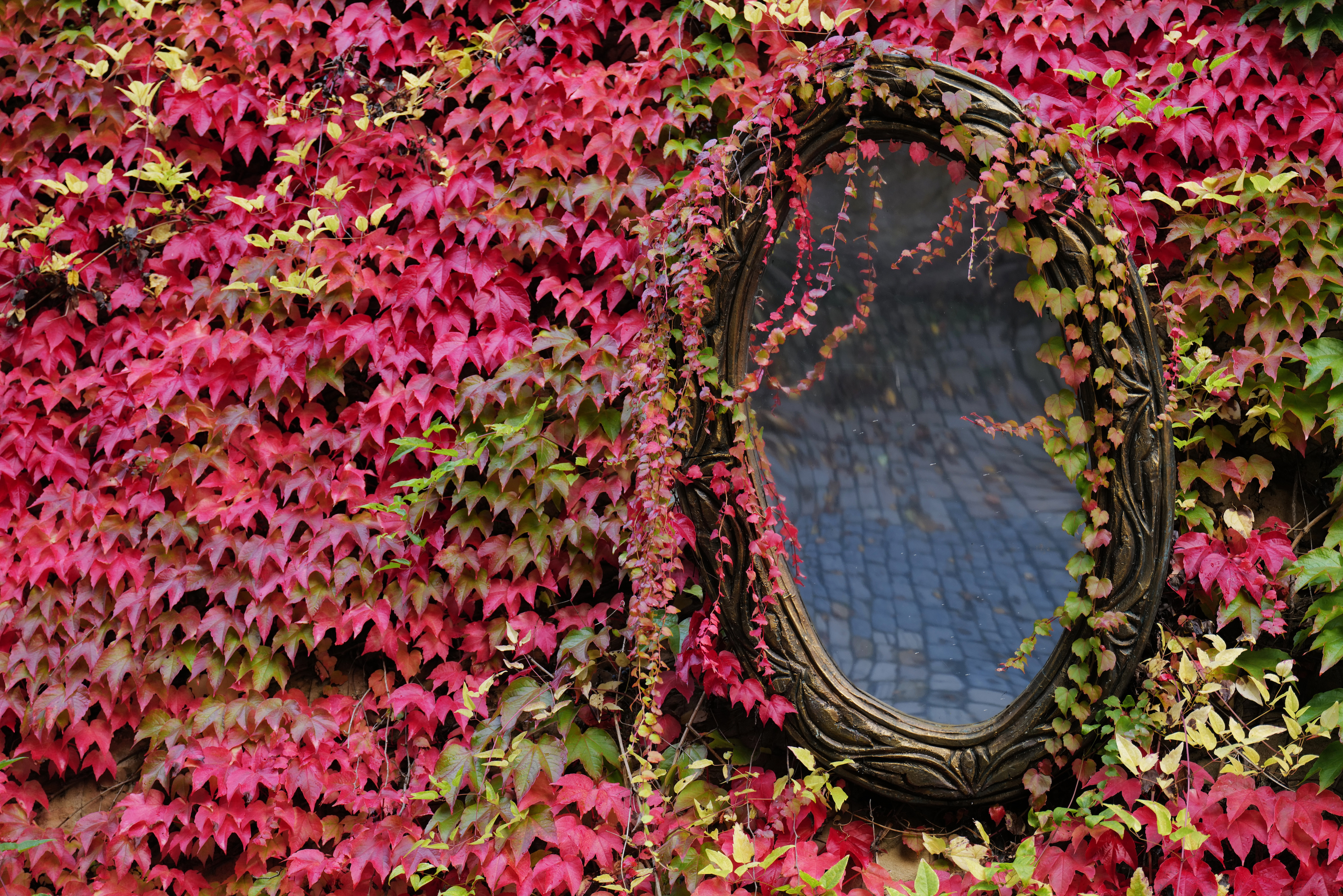
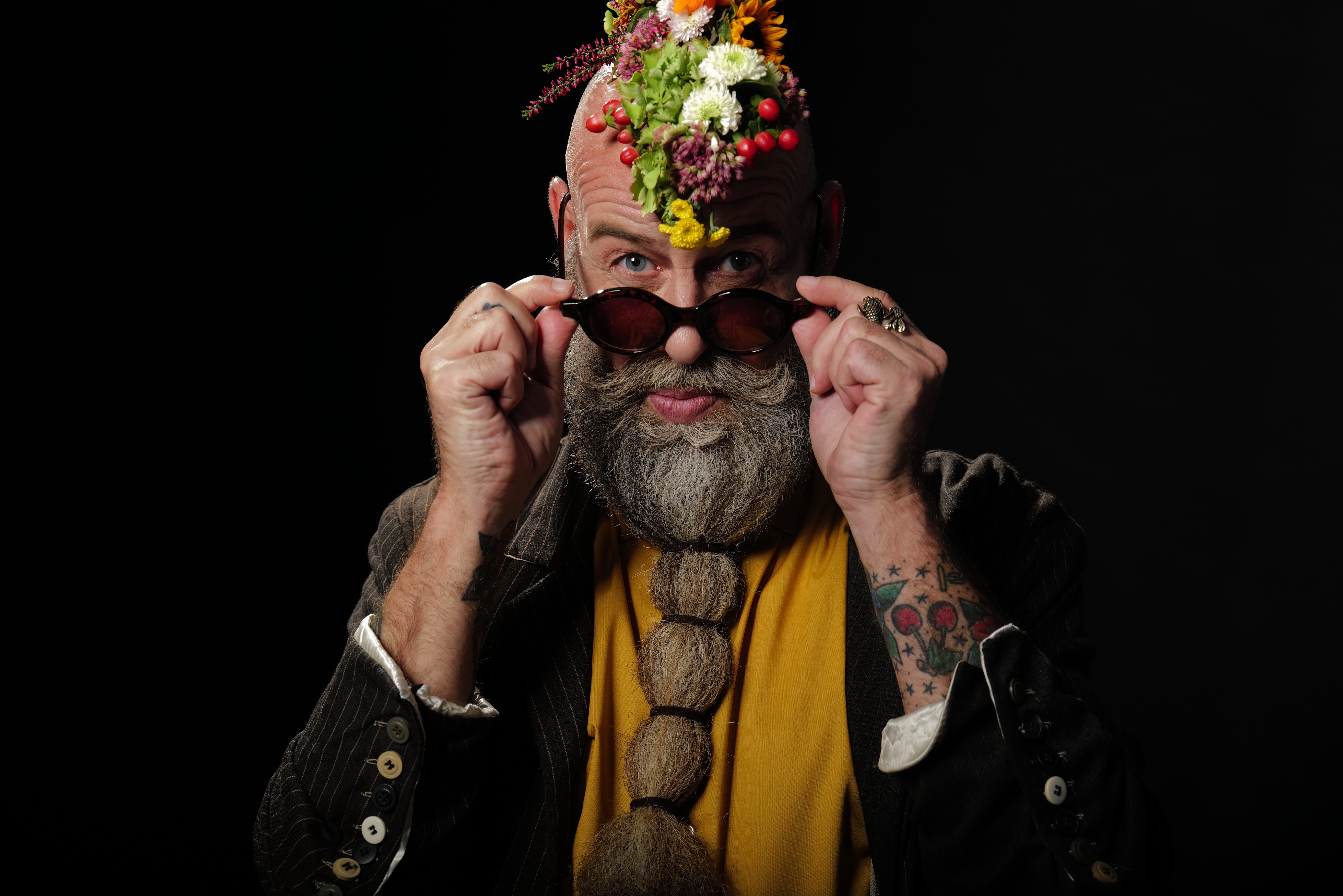

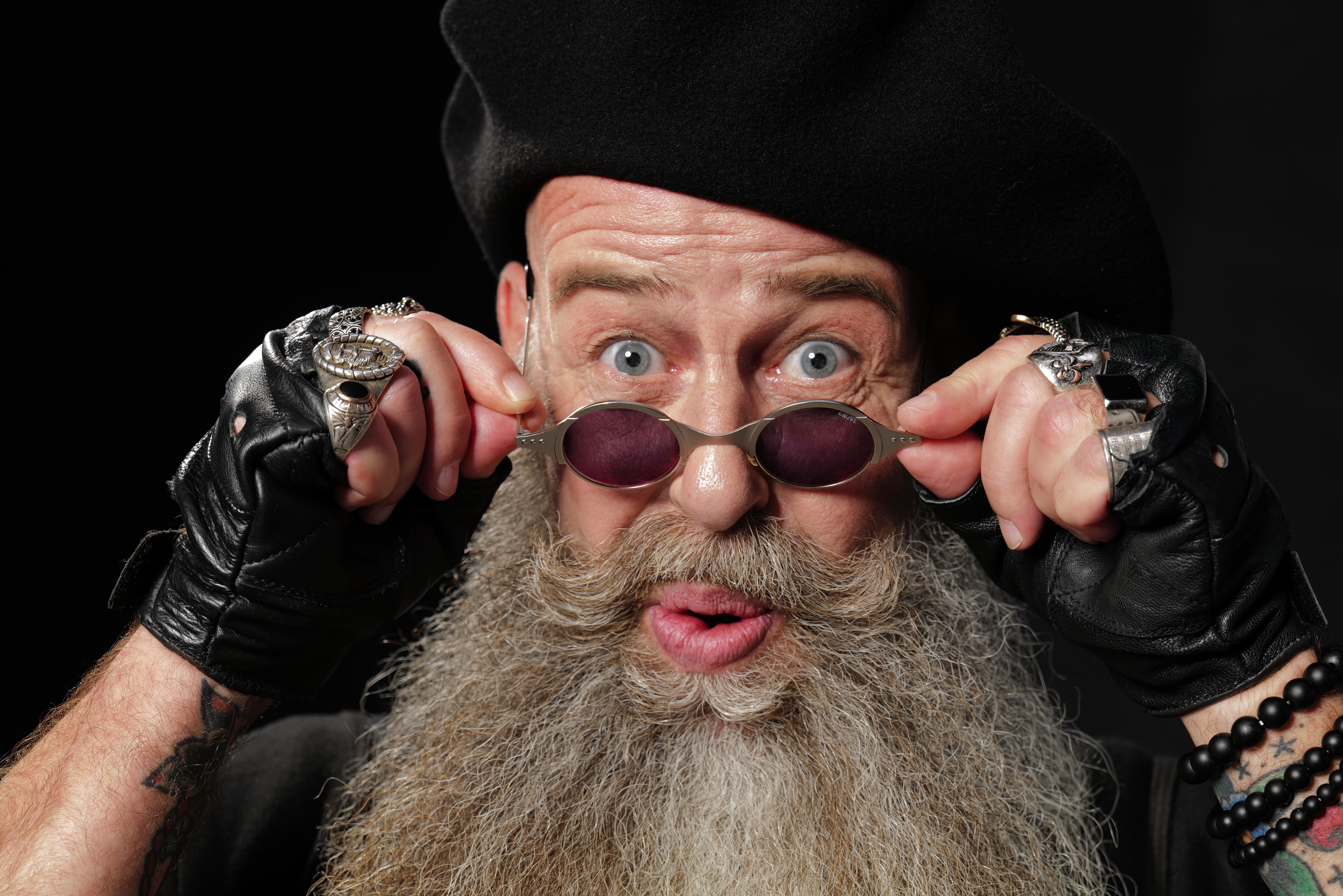
It’s actually quite film-like with more of the subtleties of continuous-tone linearity. Of course, having more information to work with helps here, but it’s still what Leica does with it that makes a difference. The RAW files have loads of dynamic range, ensuring good exposure latitude for working the highlights, the shadows or both. The large JPEGs look superb straight out of the camera and it’s good that there’s now more scope for tweaking them via the Film Style presets and the adjustable parameters.
The color reproduction in the Standard preset has a good balance of saturation and tonal smoothness, but Vivid adds some extra richness which is very pleasing to the eye.
Noise is very well-managed up to ISO 6400 so the reduction processing has no impact on the definition or the color saturation. Slight graininess is evident at ISO 12,800 and progressively increases through to ISO 50,000 although even this highest sensitivity is still usable if you aren’t planning to make large reproductions.
Verdict
It can be a bit hard to define what makes a Leica camera different from any other beyond the remarkable heritage behind the brand. It may have something to do with European sensibilities and style – the SL2 was penned at Leica’s design bureau in Munich and is built at the Leitz Park factory in Wetzlar – and the fact that everything exudes meticulous care and attention. Certainly, Leica’s minimalist philosophy is very different from the 'just-add-more-buttons' approach of the Japanese.
While the SL was a bit of a rough diamond which you either loved or hated, the SL2 is much less polarizing and is generally more mainstream in its outlook and, consequently, more approachable. It’s still distinctly a Leica in both look and feel, but rather than being different just for the sake of it, it’s different where it matters.
There’s definitely an element of needing to fit in more with its L-Mount Alliance partners as a wider audience is now likely to be considering a Leica body to partner with either Sigma or Panasonic lenses (which, of course, are given the tick of approval by Leica).
Additionally, while it’s still premium-priced, there’s an innate Leica-ness that’s very much in play here. In the end, though, it’s all about quality – from the construction through to the output – and it’s tangible in every aspect of the Leica SL2. It is all about the experience, but the end results are pretty special too.
Competition
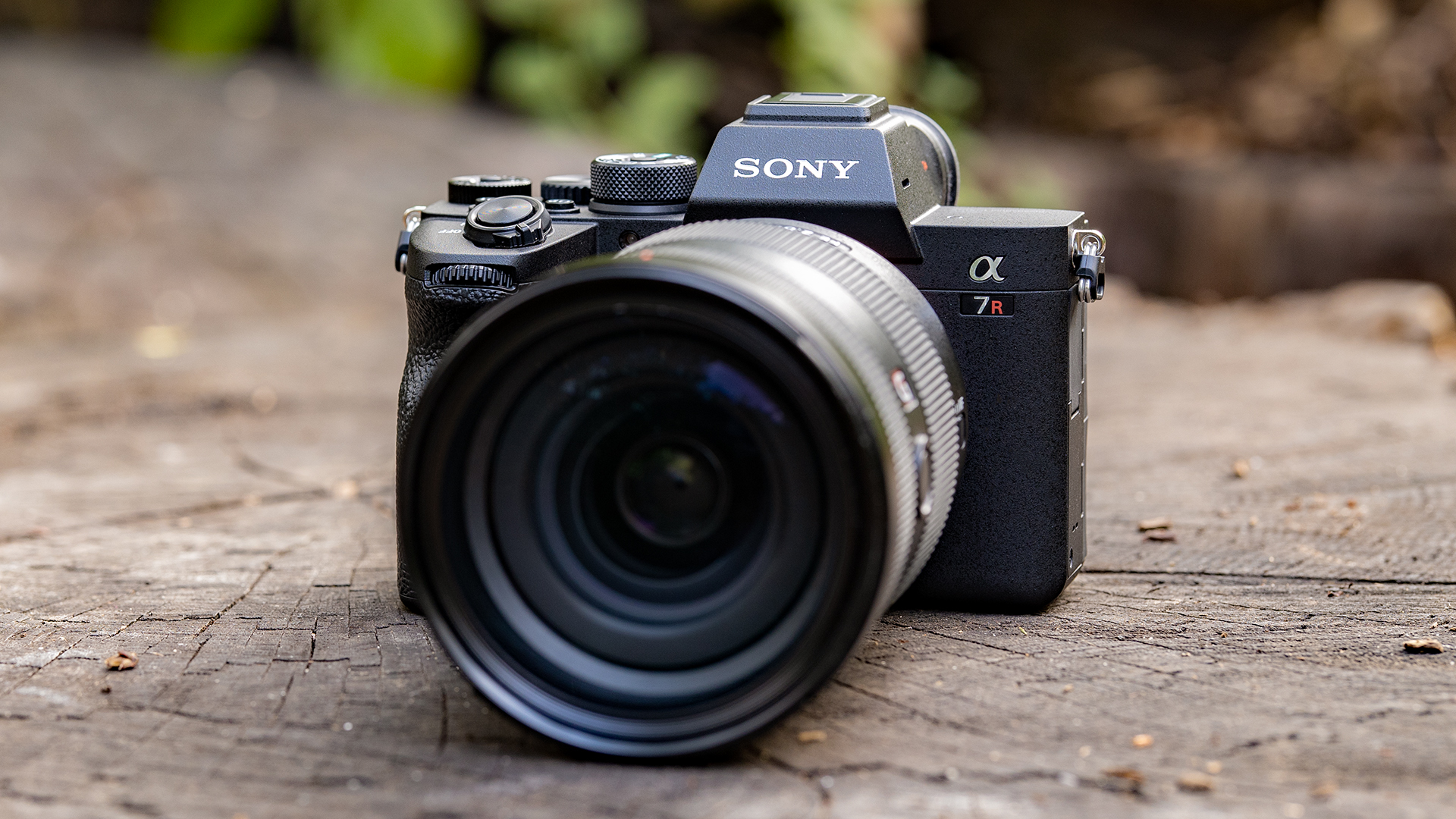
Sony Alpha A7R IV
With a much more affordable price tag, and a super high-res 61MP full-frame sensor, it’s hard to overlook Sony’s latest megapixel flagship. While it can’t match the Leica SL2’s video prowess – topping out at 4K/30p – its stills performance has yet to be matched with another competitor. Although the files sizes are massive – some may even say it’s overkill – the images are packed to the rafters with details, with autofocus performance to match. Did we mention it’s also cheaper than the SL2? However, it’s no Leica.
Read our in-depth Sony Alpha A7R IV review
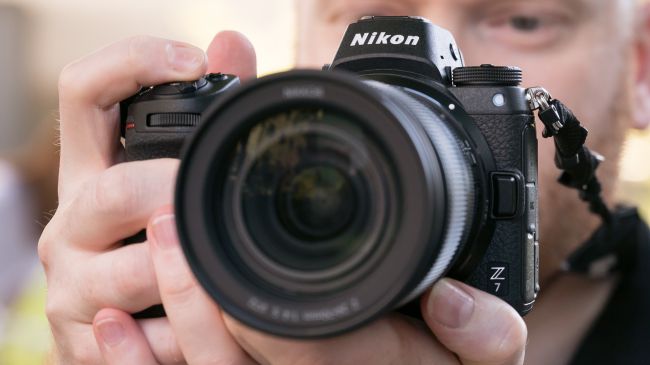
Nikon Z7
It’s one of our favourite full-frame mirrorless cameras, with images from its 45.7MP sensor looking pretty darn good each and every time. It’s not quite as good-looking a camera as the SL2 is, but it handles remarkably well. Its EVF is superb, as is the image and video quality, although video also tops out at 4K/30p. The decision to use XQD cards is also a great move, adding to the camera’s speed, and it behaves way better than what we expected. Nikon hit the nail on the head with its first full-frame mirrorless shooter.
Read our in-depth Nikon Z7 review
Paul has been writing about cameras, photography and photographers for close to 40 years. He joined Australian Camera as an editorial assistant in 1982, subsequently becoming the magazine’s technical editor, and has been editor since 1998. He is also the editor of sister publication ProPhoto, a position he has held since 1989. In 2011, Paul was made an Honorary Fellow of the Institute Of Australian Photography (AIPP) in recognition of his long-term contribution to the Australian photo industry. Outside of his magazine work, he is the editor of the Contemporary Photographers: Australia series of monographs which document the lives of Australia’s most important photographers.
